Results of elections could determine the future of the care economy, says Care Economy Group
By Pat Van Horne, USW member of the CHC Board of Directors
Economists and health care advocates are warning Canadians that privatization of our health care system is looming if provincial elections and federal Conservative leadership campaigns are any indications.
Canadian Health Coalition Board member Pat Armstrong, along with Armine Yalnizian, Marjorie Griffin Cohen and Laurel Ritchie, reported in a Toronto Star opinion piece that federal Conservative leadership candidate Jean Charest is promising a “sea change” for health care by directing more public funds to privately-delivered care. Meanwhile, the Ontario Conservative government is “quietly” expanding the for-profit share of publicly-funded care.
The writers are members of the Care Economy Group (https://thecareeconomy.ca), made up of caregivers, economists, community leaders and policy advocates, who want upcoming elections to focus on social infrastructure.
According to the group, 16,000 long-term care beds were recently licensed to for-profit facilities and more are in the works “despite the widespread evidence of appalling conditions of work and care in many of these homes.
“Some of the companies whose licenses were renewed presided over some of the worst outbreaks and death counts of the pandemic.”
The article cites the 2021 Ontario Long-term Care Commission’s report’s findings that long-term care facilities owned by for-profit corporations have lower staffing levels, poorer working conditions, lower quality care, more hospitalizations and greater overcrowding than homes operated by not-for-profit and municipal providers.
“Independent” health facilities
Last summer the Ontario government announced $24-million in new public funding to “independent” health facilities to increase their volume of surgical and diagnostic services, and for licensing even more such facilities. “Independent” is code for for-profit businesses, say the writers.
They add that privatization by stealth is a consequence of the governments’ failure to address major shortages in health care personnel and in-care services, which were creating backlogs even before COVID-19. This is escalating across Canada.
Privatization of public services also refers to services not covered by public funding bundled with ones that are. The result is that access to any care means ability to pay, not the need for care.
As the CHC has said for years, the writers note that a for-profit system caters to the healthiest individuals. People with complications are too costly for this business model. They will end up in an underfunded public system.
For-profit does not mean more staff
The writers say the economics are clear. Cheaper, more equitable, high-quality care that creates good jobs won’t happen by expanding for-profit care. Here are 10 advantages, they say, of investing more in public, not-for-profit care:
“1. The quality is higher, in part because the rich must use the same services as the poor. When everyone’s in, everyone has a vested interest in good services;
“2. Administrative costs are lower. We spend less on billing, chasing down unpaid bills and sorting out the deserving from the undeserving;
“3. Accessibility can be planned, not market-driven, ensuring more equitable services especially in areas that don’t attract private investment;
“4. Access to care is more affordable for more people, based more on need than on ability to pay;
“5. Wasteful duplication of services can be eliminated;
“6.There are more avenues for democratic decision-making, with input from people receiving and providing care;
“7.Jobs are better, especially for the predominately female and increasingly racialized labour force;
“8. A province’s employers save money because costs are shared and risks are pooled across a wide population;
“9. Advances in areas such as cataract and preventive measures can be shared across populations, improving everyone’s health;
“10.Public commitments to standards can develop consistency across services and regions.”

Pat Armstrong is a Board member of the Canadian Health Coalition and The Care Economy Group
(Cover: Toronto, Ontario, Canada on March 11, 2018. Mr. Doug Ford, the newly elected leader of Conservative Party joined the crowd during the Saint Patrick Day Parade in the city. Via Shutterstock)


